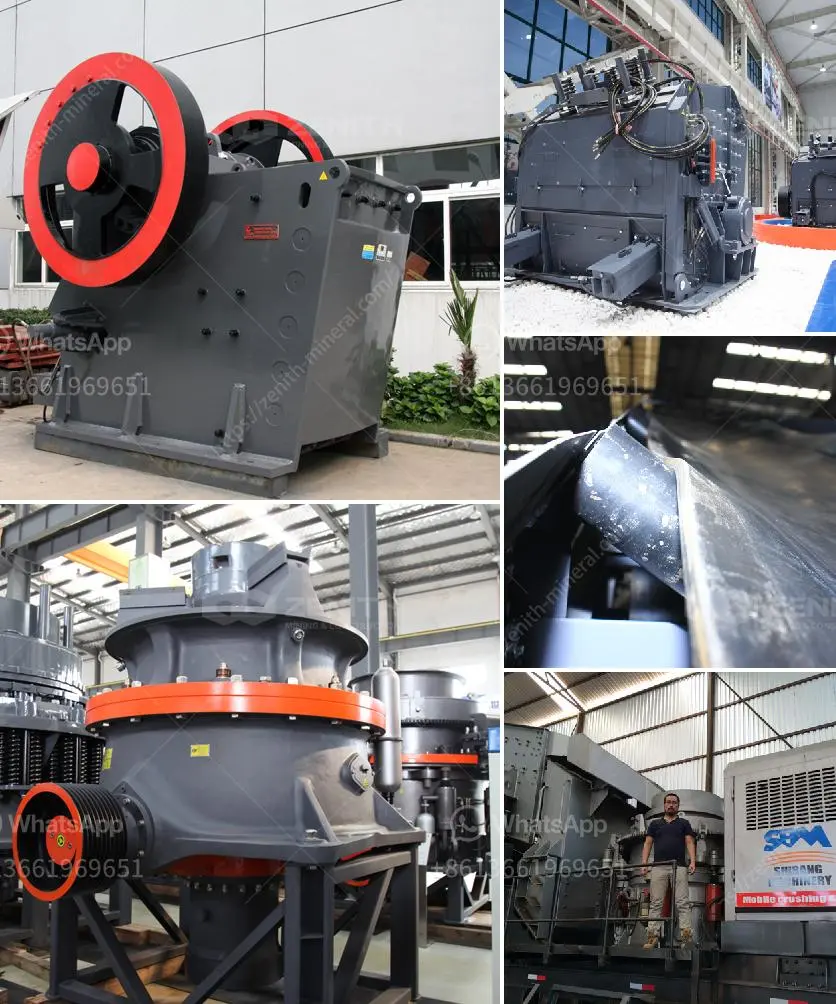If the crusher’s output does not match the specifications outlined in the spec sheet, there could be several potential reasons why this discrepancy is occurring. It’s important to systematically evaluate each possibility to identify the root cause, which may or may not involve errors in your calculations. Here are several factors to consider:
Input Variability: The material being processed may differ from the specifications in terms of size, hardness, or moisture content. Ensure that the input material matches what the crusher is designed to handle.
Operational Conditions: Variations in operating conditions, such as feed rate and speed, can affect output. Confirm that the crusher is operating under the recommended conditions specified.
Maintenance and Wear: The crusher components could be worn or damaged, affecting performance. Inspect the equipment to ensure it is in good condition.
Calculation Errors: Double-check your calculations to rule out any errors. Ensure that you are using the correct formulas and processing inputs accurately.
Spec Sheet Accuracy: Verify the accuracy of the spec sheet. It’s possible there may be errors or misinterpretations in the document itself.
Calibration and Setup: The crusher may need recalibration or adjustments. Check manufacturer guidelines for calibration procedures.
By evaluating these areas, you can determine whether your calculations are indeed incorrect or whether other factors are influencing the crusher's performance. If necessary, consult with technical support or specialists for further analysis.
